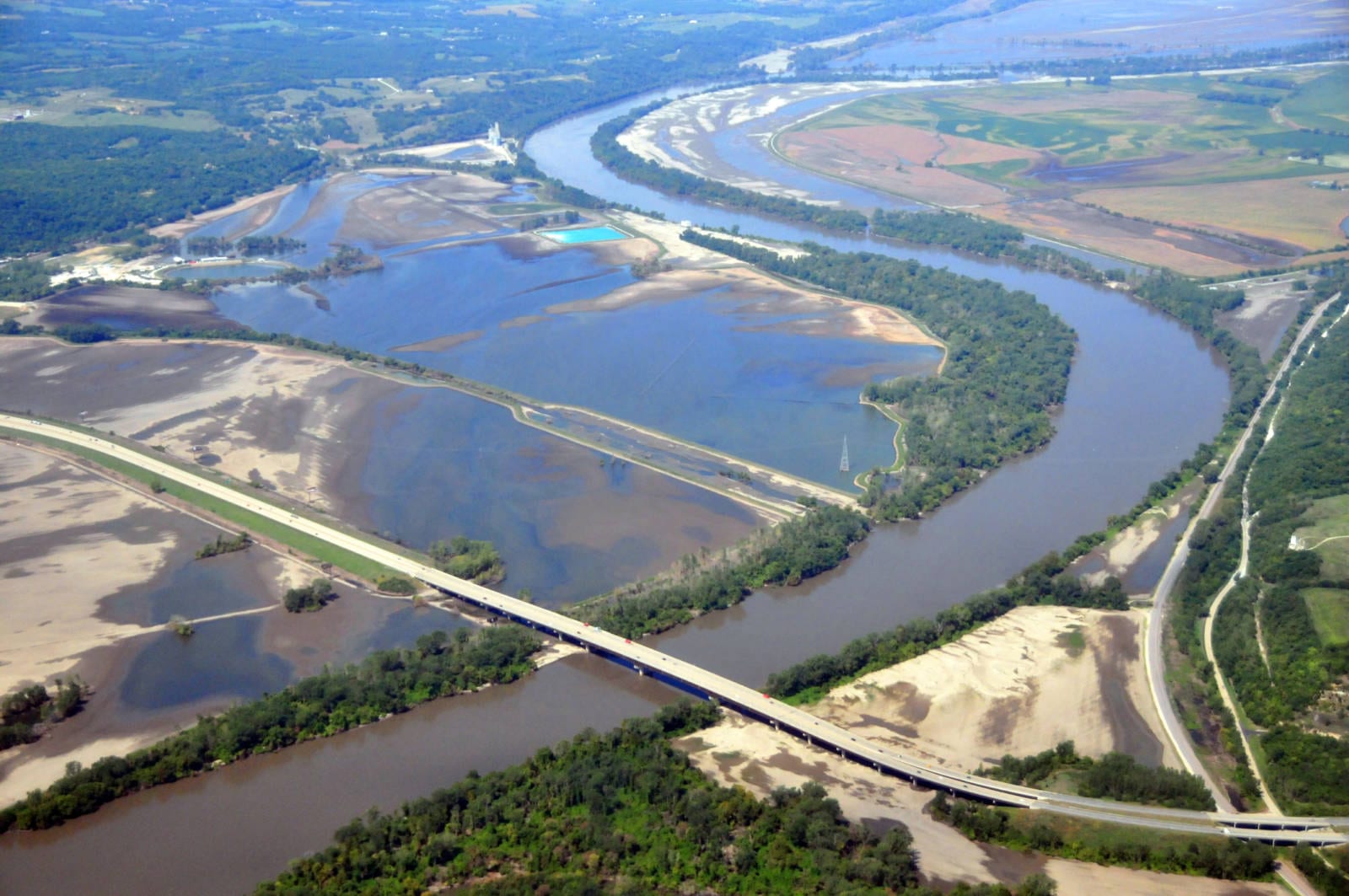According to The National Oceanic and Atmospheric Administration’s (NOAA) National Center for Environmental Information, the first five months of 2019 saw the most precipitation since the U.S. started keeping records. According to Workboat, “Some are calling it the ‘Great Flood of 2019,’ while others prefer to label it as a Top 10 flood event that hasn’t matched records set in 1927 and 1993. But everyone agrees that this year’s flooding and high-water event is unique for its longevity and geographic reach throughout the river network.”
“In my 45 years in this industry, this is the longest period of sustained high water that we’ve experienced,” states Walter E. Blessey Jr., chairman and CEO of Blessey Marine Services Inc., a large inland tank barge operator based in Harahan, Louisiana. “We have also had to deal with unprecedented river velocities. For the first time ever, I have been told by our vessel captains that they are experiencing anxiety when operating on the Mississippi, Ohio and Illinois rivers. The floodwaters from the Missouri River and Arkansas River systems are putting a strain on our industry.”
The chart below confirms what is being said about 2019. The previous disaster year was 1993, however, 2019 is unprecedented in the longevity. The good news is the Inland Mississippi River System is returning towards normalcy. Actually, late August is usually a time of low water concerns. The bad news is the higher water conditions increased erosion, which is deposited when the water current slows. Many of the shoaling issues were not important because the water level was high. With lower water levels, many areas of the inland Mississippi River system will have to be dredged to obtain a constant depth. Also, many port loading facilities were under water. The ports will require removing sediment and repairing loaders before they are fully operational. Obviously, sediment flows south towards the Gulf of Mexico. Dredging the lower Mississippi River will consume a large portion of the dredging budget, meaning that the flood could have a very long tail. Although the continued disruption will continue to a negative for soybean exports, river conditions are indeed improving.

